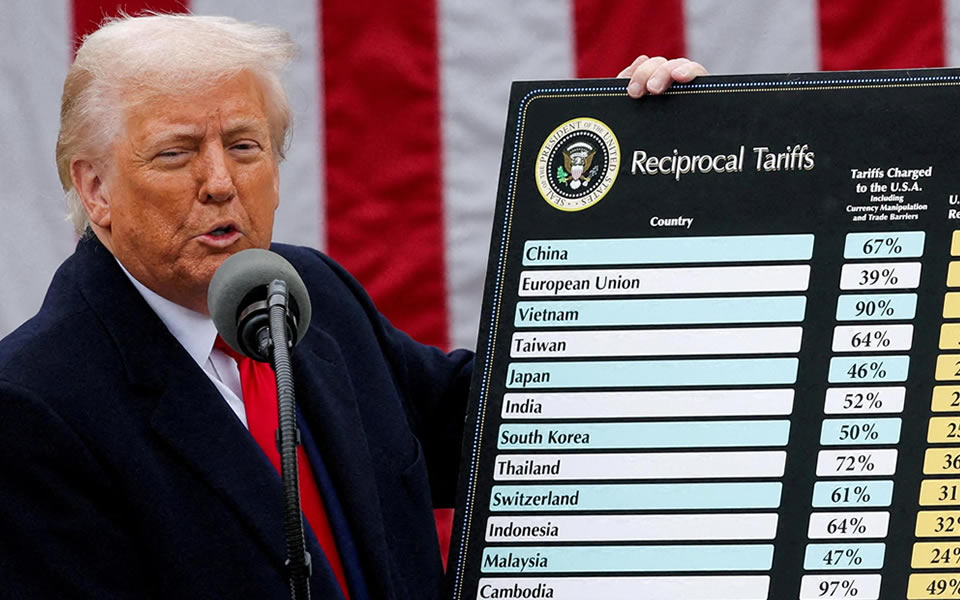
Ghana Decides 2024: Comparing NPP & NDC Policy Visions
September 10, 2024
2025 Political & Security Assessment & Forecast for West Africa
February 14, 2025Civilian Targeting in West Africa
Q4 2021 – Q2 2024
Analyst: Samuele Minelli Zuffa
Editor: Magdalena Breyer
Overview
The targeting of civilians has escalated significantly, posing a growing security challenge across West Africa in recent years. From Q4 2021 to Q2 2024, almost 25,000 civilians have been killed, representing roughly 37% of all the fatalities recorded by ACLED in the region. Every day, in the studied period, approximately 25 civilians died in politically motivated violent incidents. More than 96% of the recorded fatalities are concentrated in four countries – Nigeria, Burkina Faso, Mali and Niger – despite civilian targeting constituting a transversal issue across West Africa. Besides direct killings, conflict and violence fostered the displacement of 6.1 million people in 2023 across the region. Burkina Faso constitutes the most severe, and neglected, displacement crisis as conflict has displaced approximately 10% of its population.
Beyond the geographical distribution, the skyrocketing number of actors involved further increases the complexity of civilian targeting dynamics in the region. From 2013 to 2023, the number of violent perpetrators more than doubled. For instance, in Nigeria, 81 different actors committed abuses against civilians in 2023 alone, marking a 311% increase in the number of offenders compared to a decade earlier. ‘Rebel groups’ (31.3%), ‘Identity militias’ (26.4%) and ‘State forces’ (23.7%) account for more than 80% of recorded fatalities between Q4 2021 and Q2 2024 in West Africa.
Across the region, jihadist groups constitute the dominant component of the ‘Rebel Groups’ category. The main affected areas are the Liptako-Gourma region, Central Mali, Northwestern Burkina Faso, Parc W and Lake Chad’s surroundings. The areas affected by Central Sahelian jihadist activities (e.g. JNIM, ISSP) will very likely continue expanding southward, likely resulting in increased refugee flows from Burkina Faso, internal displacement, and civilian targeting in northern Togo and Benin.
The recorded activities of communal and ethnic militias have also risen. In 2022, ‘Identity Militias’ were involved in over 1000 violent events targeting civilian population, reflecting a 2678% increase compared to 2012. In particular, vigilante militia protecting specific ethno-religious groups have proliferated in central and north-western Nigeria, as official law enforcement agencies revealed ineffective in curbing insecurity and organised crime. Lacking proper training and supervision, these groups regularly perpetrate civilian targeting, risking to heighten inter-ethnic and inter-communal tensions (herders-farmers).
Following the military coups in Mali, Burkina Faso, and Niger, these States Forces’ counterinsurgency approaches shifted significantly, towards more kinetic practices. While resulting in heightened material damage to jihadist insurgents, this transformation increased state abuses over the civilian communities allegedly collaborating with jihadists. The Moura (Mopti, Mali) mass murder in March 2022, The Karma (Nord, Burkina Faso) massacre in April 2023, and the mass killings between the villages of Nondin and Soro (Nord, Burkina Faso) in February 2024 are a few examples of this violent, ineffective, and counter-productive practice. Over the studied period, the Alliance of the Sahel States accounted for almost 90% of state-led civilian fatalities in West Africa.
Intelligensis’ interactive dashboard aims to shed light on the diverse facets of civilian targeting in West Africa from Q4 2021 to Q2 2024. It adopts ACLED‘s definition of civilian targeting as “violent events in which civilians were the main or the only target”.
Despite the rising accuracy of ACLED’s quantitative initiative, its fatality estimates are conservatives (Codebook). Therefore, the dashboard below highly likely represents only a fraction of the suffering endured by West African populations. In particular, civilian targeting by the state’s security forces during peaceful demonstrations remains consistently underestimated due to ACLED’s omission of data on injured individuals.
Instructions for Navigating the Dashboard
Hover over the charts to obtain additional information.
Zoom into and navigate the map to explore sub-state dynamics.
Draw rectangles on the map to select multiple regions and understand inter-regional dynamics.
Filter the visualisation by selecting:
- Time Series per Quarter
- Fatalities and Events per Region
- Fatalities per Affected Country
- Fatalities per Actor Type
- Fatalities per Violent Actor
Click again on the selected feature to remove the filter.
Full-screen visualisation is advised to increase readability. This feature can be found in the lower right corner beside the share button.



